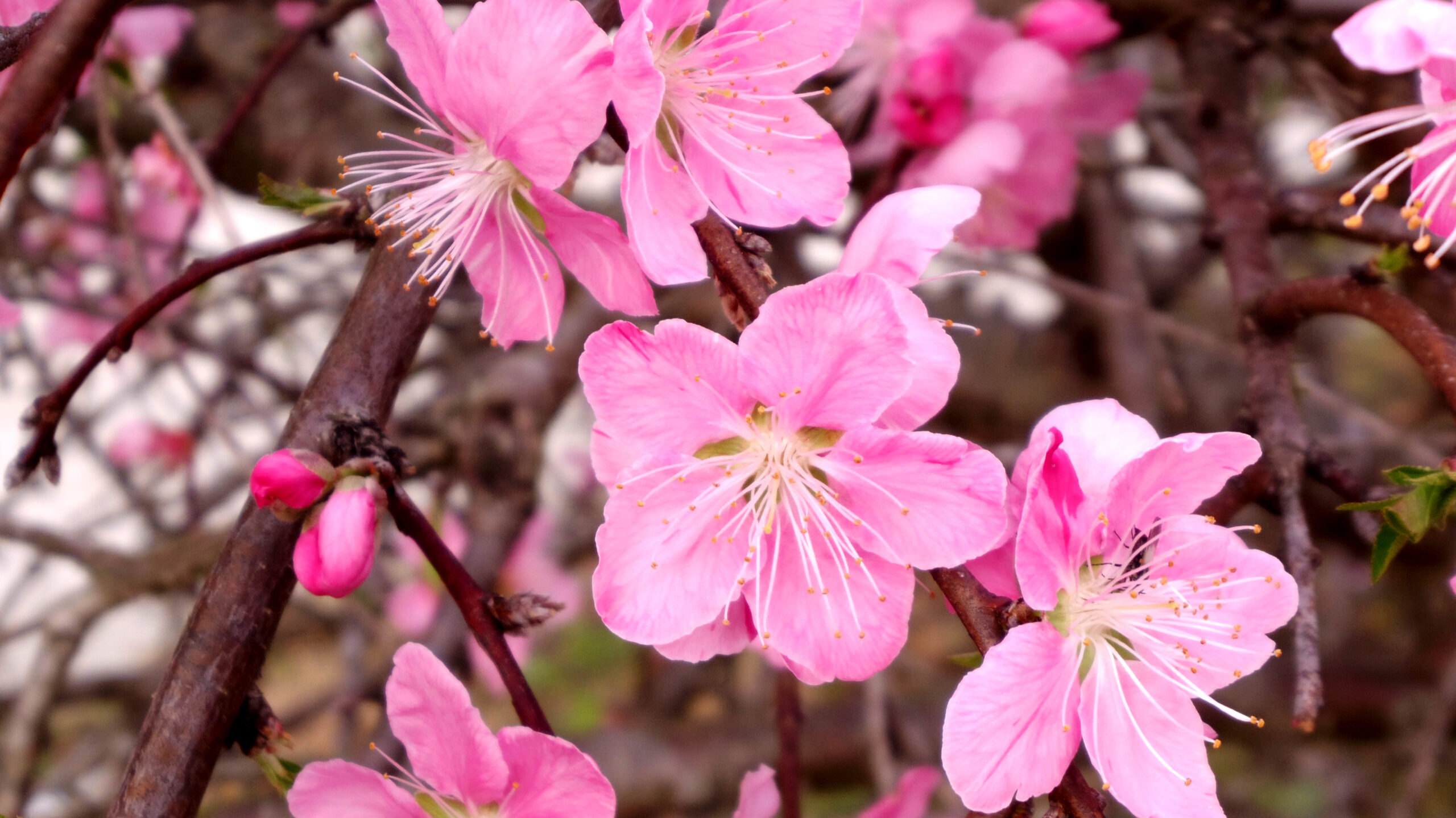What is a tree pollen allergy?
Title: Understanding Tree Pollen Allergy: Causes, Symptoms, and Management
Introduction:As the seasons change and nature awakens, many individuals find themselves battling unpleasant symptoms that are often attributed to seasonal allergies. Among the various triggers, tree pollen is one of the most common culprits that can cause a range of allergic reactions. In this blog, we will explore what tree pollen allergy is, its causes, symptoms, and effective management strategies to help you combat this bothersome condition.
What is a Tree Pollen Allergy?A tree pollen allergy, also known as hay fever or allergic rhinitis, occurs when the immune system overreacts to the presence of pollen from trees. Pollen is a fine powder released by trees for the purpose of fertilization. However, when it enters the body of someone with a pollen allergy, the immune system mistakenly identifies it as a threat, triggering an allergic reaction.
Common Tree Pollen Allergens:Various types of trees release pollen, and the allergens can vary depending on geographical location and climate. Some commonly known tree pollen allergens include oak, birch, cedar, maple, pine, poplar, and cypress. These trees release microscopic pollen grains into the air, which can travel long distances and irritate the respiratory system of susceptible individuals.
Symptoms of Tree Pollen Allergy:When exposed to tree pollen, people with allergies may experience a range of symptoms, including:1. Sneezing and nasal congestion2. Runny or itchy nose3. Watery or itchy eyes4. Itchy throat or ears5. Coughing6. Fatigue and irritability
These symptoms often mirror those of the common cold. However, unlike a cold, an allergic reaction usually persists as long as the person is exposed to the allergen.
Managing Tree Pollen Allergy:While it may not be possible to completely avoid exposure to tree pollen, there are steps you can take to manage your allergy and reduce symptoms:1. Monitor pollen forecasts: Keep an eye on local pollen forecasts to know when levels are high. Planning outdoor activities accordingly can help minimize exposure.2. Stay indoors during peak pollen times: Pollen levels are usually highest in the early morning and evening. Staying indoors during these times can limit exposure.3. Create a pollen-free home: Keep windows closed, use air purifiers with HEPA filters, and regularly clean carpets and upholstery to reduce pollen accumulation indoors.4. Practice good personal hygiene: After spending time outdoors, take a shower, wash your clothes, and wash your face and hair to remove any pollen that may have clung to you.5. Consider over-the-counter medications: Antihistamines and decongestants can help alleviate symptoms, but it’s important to consult with a healthcare professional before starting any new medication.
When to Seek Medical Help:If your symptoms become severe or begin to interfere with your daily activities, it’s important to consult a healthcare professional. They can accurately diagnose your allergy and provide tailored treatment options to manage your symptoms effectively.
Conclusion:Tree pollen allergies can cause significant discomfort, but with proper management, you can limit your exposure and reduce the impact on your daily life. By staying informed, taking preventative measures, and seeking medical guidance when needed, you can enjoy the beauty of nature without the unwanted allergic reactions. Remember, knowledge and proactive steps are key to managing tree pollen allergies successfully.



